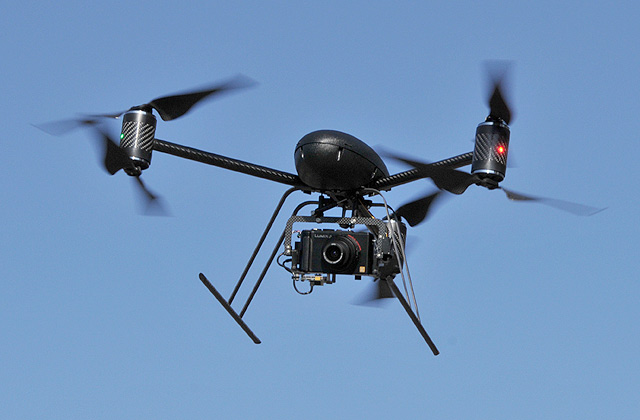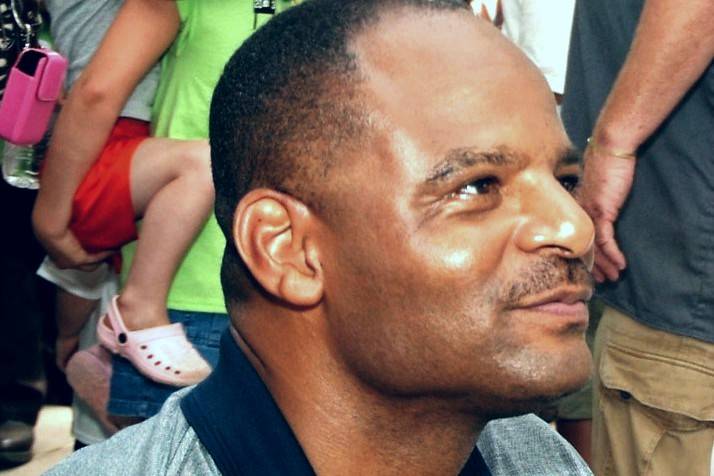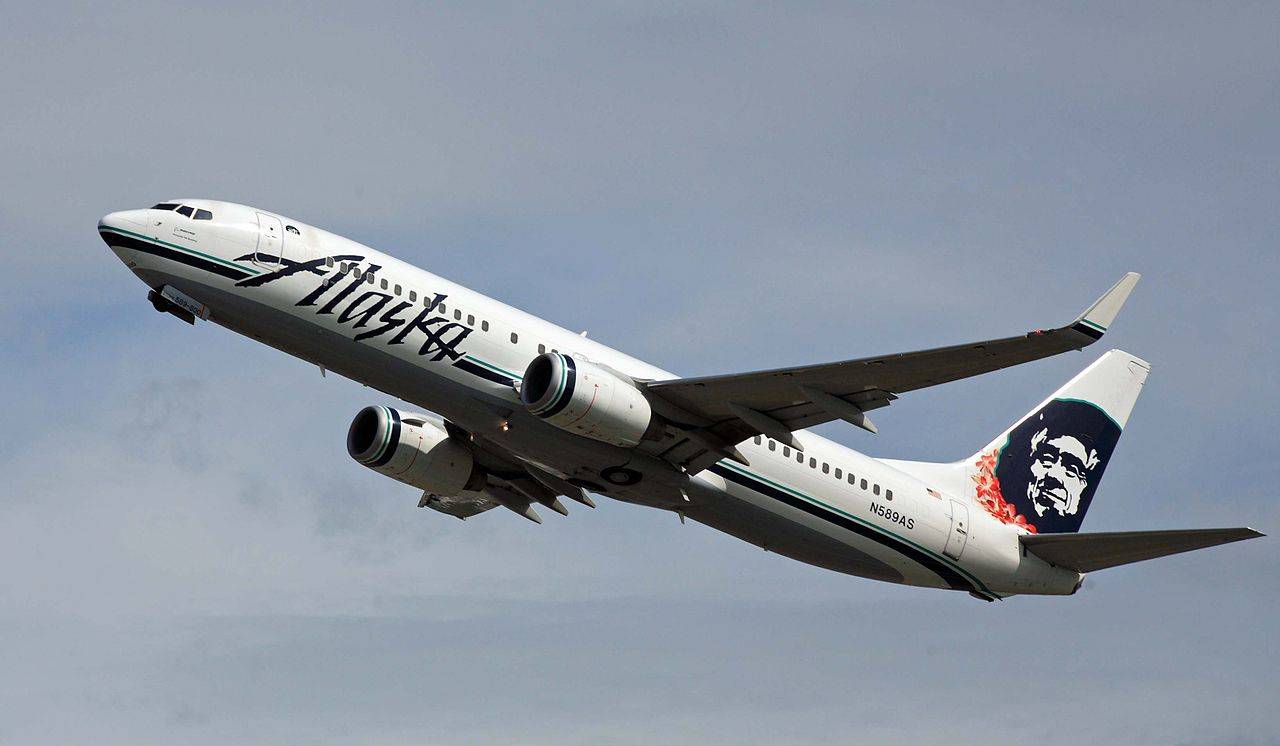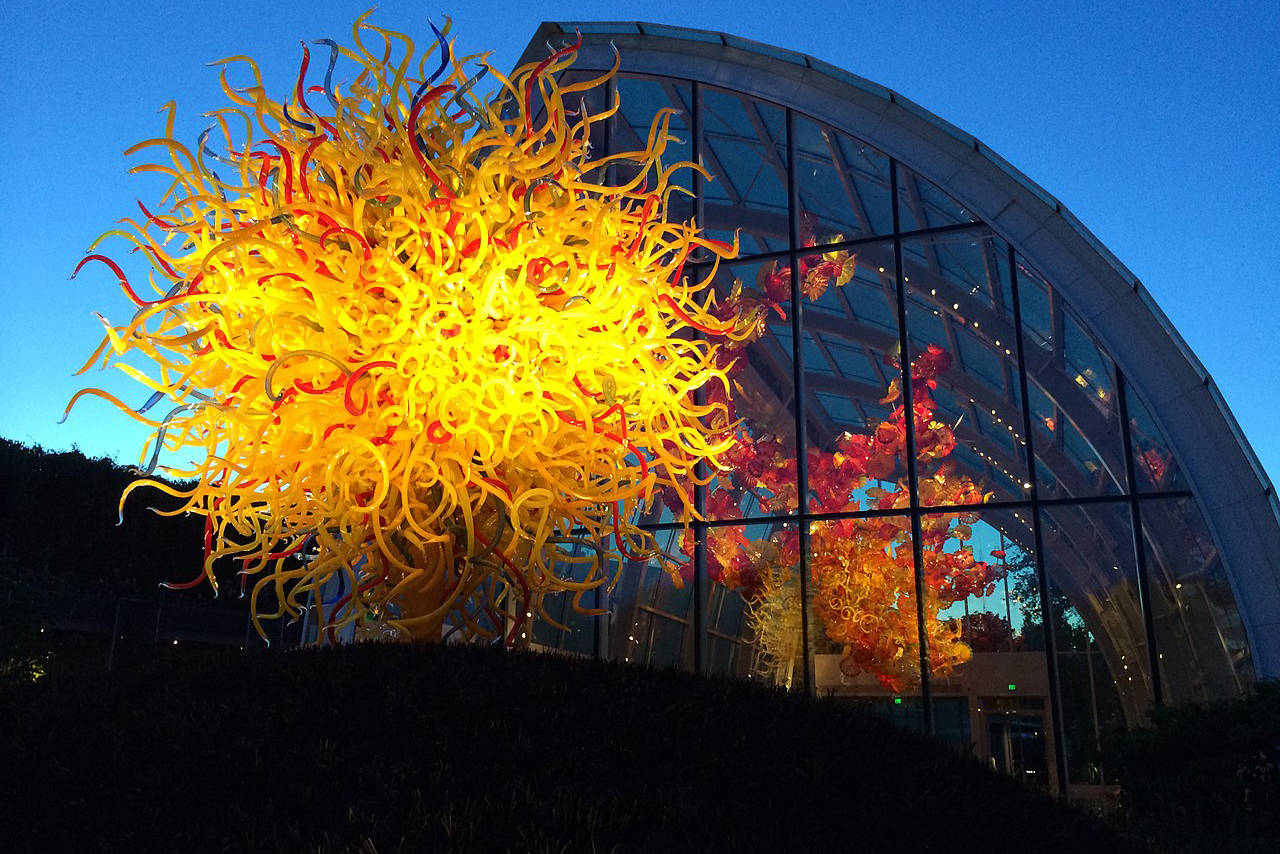Some Seattleites, you might recall, didn’t take well to the idea of police drones last year. Critics raised the specter of airborne peeping Toms and civil-rights violations if the Seattle Police Department was allowed to launch its camera-ready spycraft. At a public hearing to consider the proposal, City Council members were called “idiots,” “crooks,” and “Nazis” by agitators who threatened to knock the radio-controlled mini-choppers from the sky with slingshots and shotguns.
Those same little drones—two 3.5-pound Draganflyer X6s bought in 2012 with an $82,000 federal grant—are now in the hands of the Los Angeles Police Department: a gift Seattle was more than happy to give last month, ending the spy controversy. “It’s important to have an open conversation with the public on what your plans are when you’re talking about drones,” SPD spokesman Sean Whitcomb tells me about the lessons learned. “We thought we’d been pretty clear about our intentions, but some obviously thought otherwise.”
But before L.A. has had a chance to open that conversation, the reception by Angelenos has been similarly hostile. Opponents, who have already warned L.A. officials not to imitate Seattle’s initially secretive process and make no decisions without public input, aren’t just threatening to knock mini-choppers from the sky: a mob already has.
On June 13, two weeks after the LAPD announced it had received the Seattle drones, a riotous crowd outside Staples Center, celebrating the Los Angeles Kings’ Stanley Cup victory over the New York Rangers, spotted a drone hovering overhead. Some speculated it might be a police spy drone, and the crowd began peppering the air with trash, plastic containers, and flying shirts in an attempt to bring down the craft.
A video shows the UAV—unmanned aerial vehicle, as police and industry types call drones—buzzing about 20 feet above the crowd. One shirt appears to catch the white, square-shaped chopper’s tiny rotor blades, and it quickly loses altitude. Crowd members grab it from the air. Unseen in the video, according to witnesses, a reveler then smashes it apart with a skateboard.
Some news reports and Internet commenters claimed the viral video showed the crowd downing an LAPD (thus ex-Seattle) drone. But that’s untrue. Draganflyers are black and spindly, equipped with a digital still camera, a high-resolution video camera, and infrared night-vision capabilities. The downed chopper was a different shape and color—it appears to be a DJI Phantom quadcopter and was outfitted with a GoPro camera. It could merely have been some fan’s $1,000 toy recording a moment in hockey history; instead it became L.A.’s first documented drone killing.
LAPD spokesperson Andrew Smith confirms the drone was not one of his department’s Seattle gifts, which are still sitting on a shelf at the L.A. Homeland Security building where a Seattle police commander dropped them off in May, he says. And, Smith tells me, on the shelf is where they’ll stay until after a series of public hearings is concluded this summer, followed by a police commission’s and City Hall’s approval of strict usage protocols. FAA approval is also needed for any drone flights above 400 feet.
The hearings will focus on what Smith says is the “narrow and prescribed uses [of drones] to prevent imminent bodily harm—for example, a hostage situation or barricaded armed suspect.” Nonetheless, the hockey crowd’s reaction was no show of love for drones, police or otherwise. And Smith says that barely hours after LAPD announced it had accepted the Seattle drones, “we were already getting calls from people opposed to this.”
Among them is Hamid Khan, organizer for the Stop LAPD Spying coalition, who tells me the acceptance of the Seattle drones points to the increased militarization of the LAPD. Police are “growing their already-huge arsenal,” he says. “It may seem a small thing, but then the whole hidden apparatus comes into play,” with the drones feeding ever more private information into police files and those data-crunching federal fusion centers. “It’s a waste of resources and a further invasion of privacy,” he adds.
The ACLU of Southern California agrees that drones may be helpful in SWAT or rescue situations. But, says director Hector Villagra, “Even if limited in this way, drones pose serious privacy concerns.” He notes that their snooping potential can be enhanced by facial-recognition software and airborne eavesdropping microphones.
Several U.S. police agencies have used drones for years, with FAA approval. The Mesa County Sheriff’s Office in Colorado has logged roughly 200 flight hours since 2010 with Draganfly and fixed-wing Falcon drones, mainly for search and rescue. UVA’s are also used by state and federal agencies to spot fires, aid searches, and monitor environmental changes.
But the LAPD’s Smith insists the ex-Seattle drones won’t lift off without citizen approval. “The plan has to have the support of the public,” he says. “If not, we move on.” And so might the drones—from Seattle to L.A. to . . . a shelf in San Diego, perhaps? E
randerson@seattleweekly.com
Rick Anderson writes about sex, crime, money, and politics, which tend to be the same thing.








